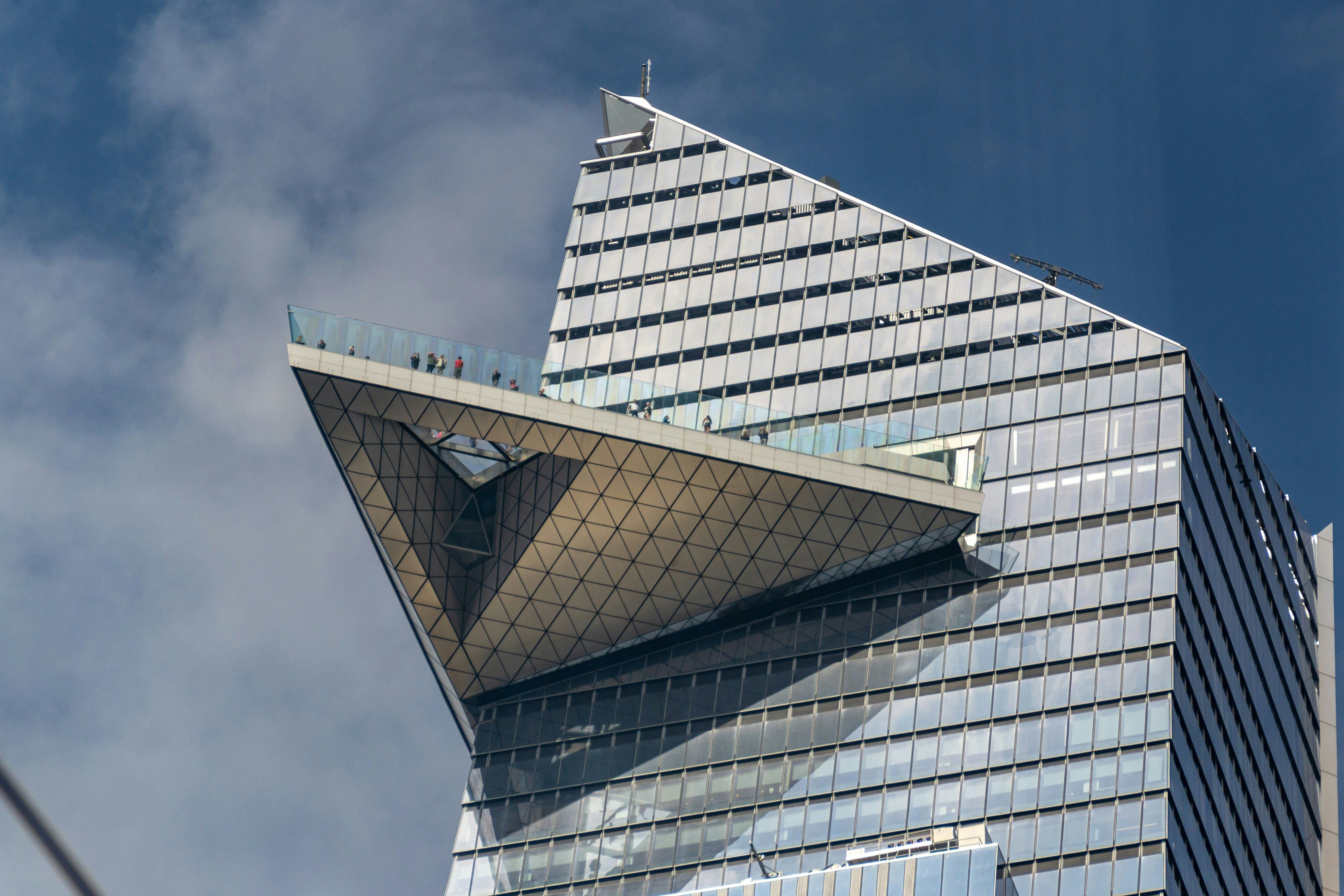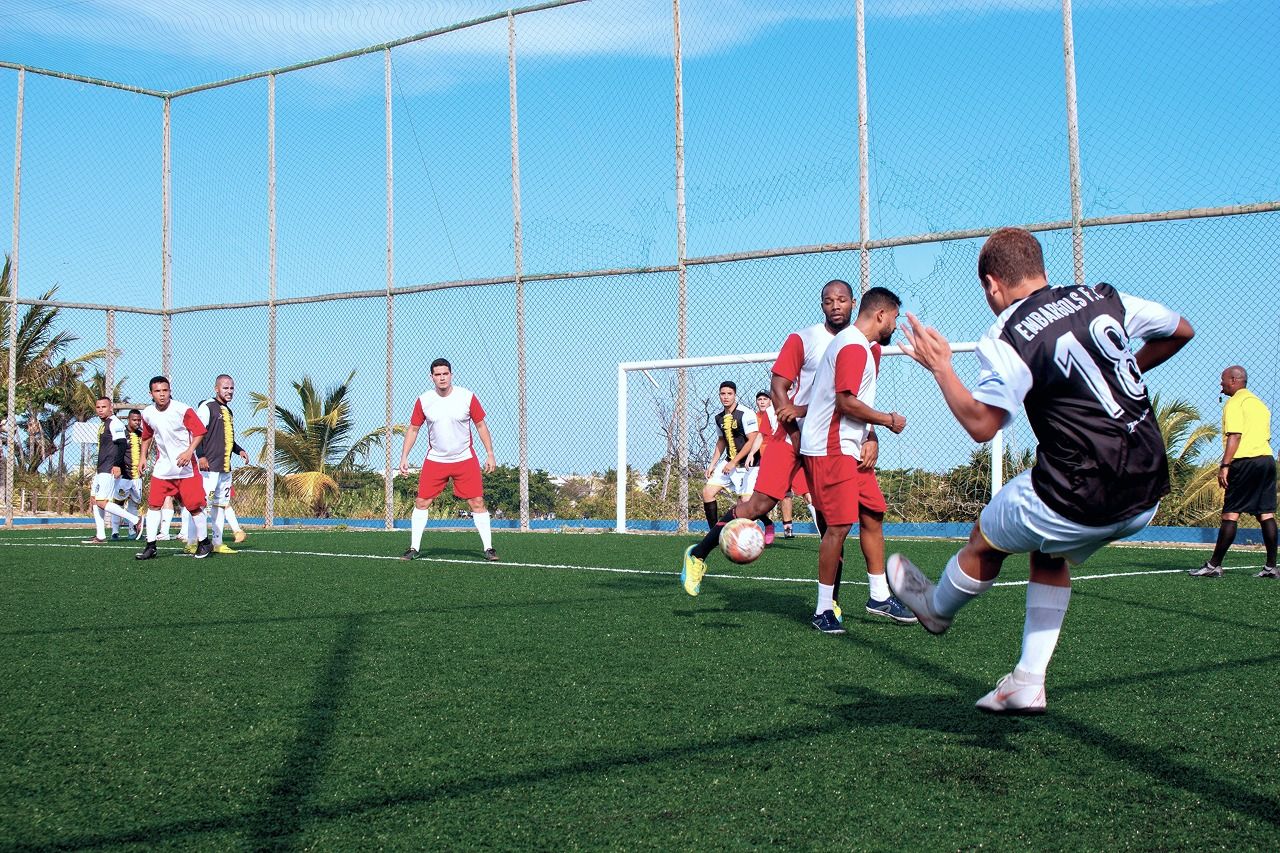
Progressive GANs (ProGANs)
What is Progressive GANs (ProGANs)?
Progressive GANs (ProGANs) are a type of generative adversarial network (GAN) designed to create high-resolution images by progressively increasing the image resolution during the training process. Introduced by NVIDIA, ProGANs are a breakthrough in AI-driven image processing for generating high-quality visuals.
Why is it Important?
ProGANs are a significant breakthrough in generative AI, particularly for applications requiring high-quality image synthesis. They address key challenges in training GANs, such as instability and poor image quality, by refining the process incrementally. This makes ProGANs invaluable in fields like gaming, virtual reality, and medical imaging, where realistic visuals are crucial.
How is This Metric Managed and Where is it Used?
Management:
- Training starts with a basic low-resolution image generator and discriminator.
- New layers are progressively added, allowing the model to learn detailed features incrementally.
- Regularization techniques ensure stability during the addition of new layers.
Applications:
- Creative Industries: Generating high-resolution artwork, animations, and textures.
- Healthcare: Synthesizing medical images for training diagnostic models.
- Gaming: Designing realistic game characters and environments.
- Advertising: Creating photorealistic product renders and marketing visuals.
- Academic Research: Advancing AI research with high-quality generative outputs.
Key Elements:
- Layer-by-Layer Training: Starts with a simple network and grows complexity gradually.
- Stabilization Techniques: Uses normalization and regularization to prevent mode collapse.
- Adaptive Resolution Scaling: Dynamically adjusts the resolution to refine image details.
- Discriminator Feedback: Improves generator output by critiquing images at multiple resolutions.
- Seamless Layer Integration: Ensures smooth transitions between added layers.
Recent Posts
Real-World Examples:
- Facial Image Generation: Tools like StyleGAN (a successor of ProGAN) generate photorealistic human faces for creative projects.
- Architectural Visualization: Producing detailed building designs for construction planning.
- Medical Training: Creating synthetic X-rays or MRIs to augment diagnostic datasets.
- Gaming Assets: Generating lifelike textures for game development, saving time and resources.
- Fashion Industry: Simulating realistic designs for virtual try-on systems.
Use Cases:
- Film Production: Synthesizing detailed and scalable visual effects for movies and TV.
- Virtual Reality (VR): Generating lifelike environments for immersive experiences.
- Synthetic Data Generation: Providing high-quality datasets for machine learning model training.
- Forensics: Reconstructing facial features from incomplete data for investigative purposes.
- Education and Training: Creating interactive simulations for professional training.
Frequently Asked Questions (FAQs):

ProGANs use progressive training to improve stability and image quality, unlike traditional GANs, which train the entire model at once.

Challenges include computational resource requirements and ensuring smooth transitions between resolutions.

Yes, their architecture can adapt to other domains, such as video generation or audio synthesis.

Yes, NVIDIA released ProGANs as open-source, enabling researchers and developers to experiment and build on the technology.

They progressively learn features, focusing on stability and detail enhancement at each resolution level.
Are You Ready to Make AI Work for You?
Simplify your AI journey with solutions that integrate seamlessly, empower your teams, and deliver real results. Jyn turns complexity into a clear path to success.


